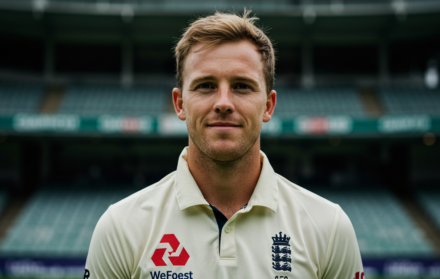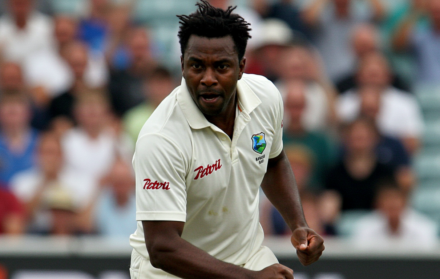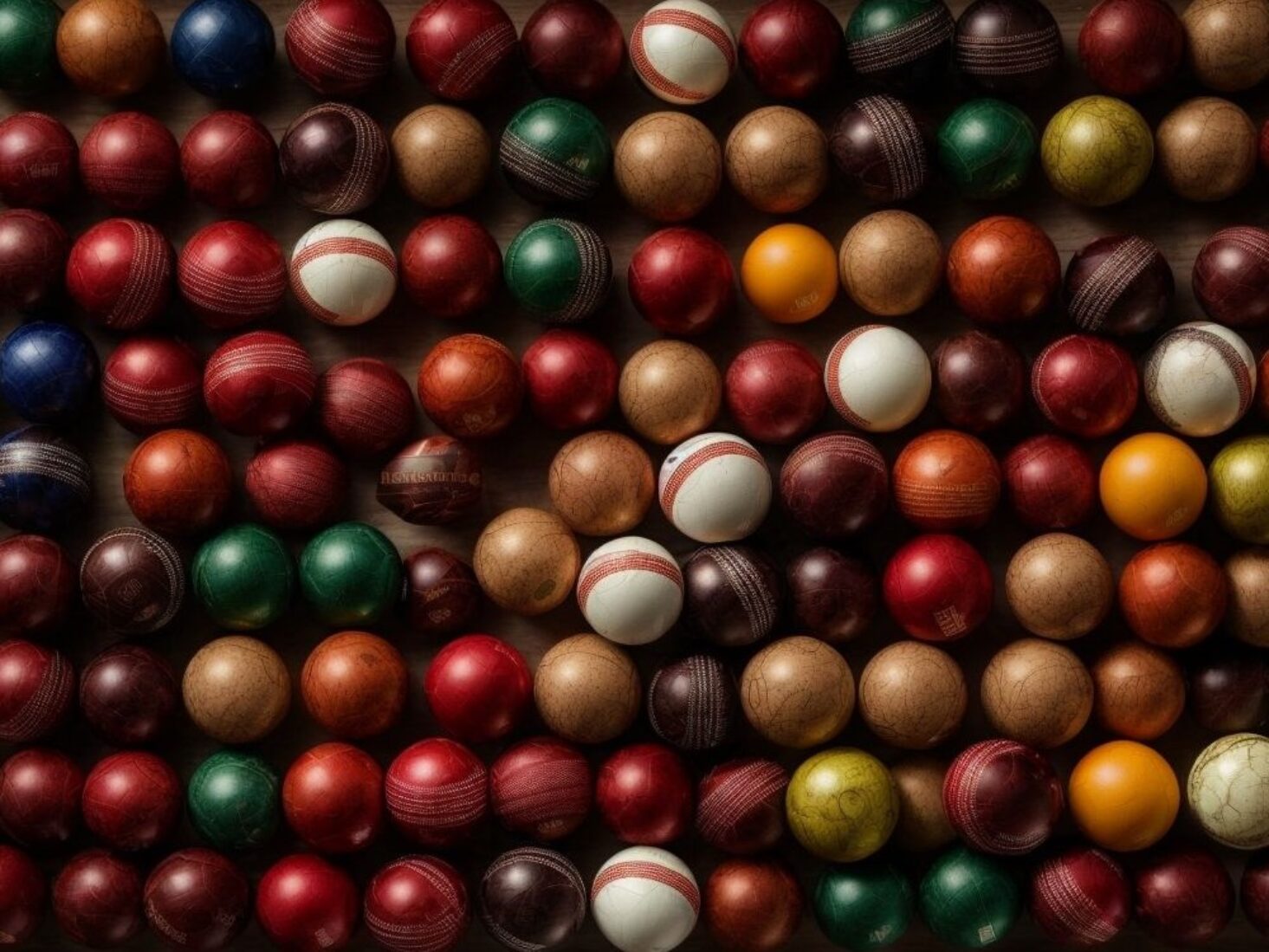
How To Choose The Right Cricket Ball For Bowling
Selecting the right cricket ball for bowling is a crucial decision for any bowler, as it directly impacts performance on the field. Understanding the nuances of different cricket balls and how they behave under various conditions is essential for making informed choices. In this comprehensive guide, we delve into the intricacies of choosing the right cricket ball for bowling, offering insights and tips to help bowlers optimize their game.
Cricket balls come in a variety of types, each with its own unique characteristics that can significantly influence gameplay. From traditional red balls used in Test matches to white balls utilized in limited-overs formats like One-Day Internationals (ODIs) and Twenty20 (T20) matches, bowlers must consider factors such as swing, seam movement, grip, and durability when selecting the ideal ball for their bowling style and the conditions of the pitch.
The red cricket ball, synonymous with Test cricket, is renowned for its ability to swing and seam, especially in conducive conditions such as overcast skies or on pitches with moisture. Its lacquer finish and pronounced seam allow bowlers to extract movement through the air and off the pitch, presenting challenges for batsmen. However, bowlers must also consider the wear and tear of the red ball over time, as it can become softer and less effective as the match progresses.
In contrast, white cricket balls, predominantly used in ODIs and T20 matches, offer a different set of characteristics tailored to the demands of limited-overs cricket. White balls are designed to provide visibility under floodlights and during day matches, allowing bowlers to maintain accuracy and control in varying lighting conditions. While white balls may not swing as much as their red counterparts, they still offer opportunities for bowlers to exploit movement off the pitch, particularly in the early overs when the ball is newer and shinier.
Additionally, the emergence of the pink cricket ball has revolutionized the game, particularly in day-night Test matches. Pink balls are engineered to offer enhanced visibility under floodlights while retaining swing and seam characteristics similar to red balls. Their introduction has added a new dimension to Test cricket, providing bowlers with additional tools to challenge batsmen in varied conditions.
When choosing the right cricket ball for bowling, bowlers must also consider factors such as pitch conditions, weather, and playing conditions. Dry pitches may favor balls with harder covers to maintain shape and bounce, while grassy pitches may require balls with pronounced seams to exploit lateral movement. Similarly, damp pitches may necessitate softer balls to grip the surface and extract spin.
Selecting the right cricket ball for bowling is a nuanced process that requires careful consideration of various factors. By understanding the characteristics of different cricket balls and their behavior under different conditions, bowlers can make informed decisions that optimize their chances of success on the field. With the right ball in hand, bowlers can effectively execute their skills and contribute to their team’s performance in any format of the game.
Understanding the Different Types of Cricket Balls
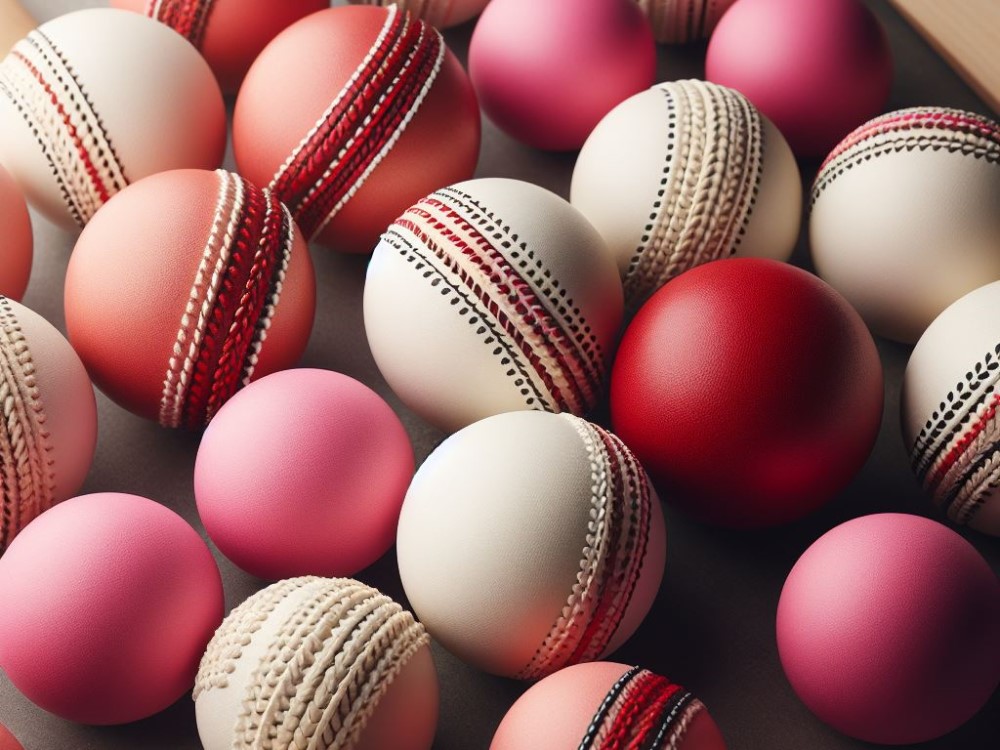
With so many cricket ball options out there, it can be quite puzzling to pick the perfect one for your bowling style. In this section, we’ll unravel the mysteries behind the various types of cricket balls.
From the classic red balls to the modern pink ones, we’ll dive into the unique characteristics and playing conditions associated with each type. So, get ready to gain some ball knowledge and make a well-informed choice on the pitch!
Red Cricket Balls
Red cricket balls are the traditional and widely used choice in test and first-class cricket matches. When it comes to red cricket balls, there are several key points to consider:
- Durability: Red cricket balls are renowned for their durability, making them highly suitable for long matches.
- Visibility: The bright color of red cricket balls makes them easy to spot against various backgrounds and under different lighting conditions.
- Swing: Red balls have a tendency to swing more in the air, especially during the initial overs of a match. Bowlers can effectively utilize this to their advantage.
- Wear and Tear: Over time, red cricket balls can become scuffed and lose their shine, which can affect their ability to swing and move off the pitch.
- Bounce: Red balls offer consistent and reliable bounce, an important factor for bowlers to strategize their deliveries.
White Cricket Balls
- White cricket balls are exclusively used in limited-overs cricket formats, including One Day Internationals (ODIs) and T20 matches. It is important to note the significance of white cricket balls in these formats.
- When it comes to white cricket balls, visibility plays a crucial role. Unlike red balls, white cricket balls are easier to see and track under floodlights. This not only enhances the viewing experience for players but also for spectators.
- One of the advantages of using white cricket balls is the better contrast they provide against the players’ colored clothing. This makes it easier for the batsmen to quickly pick up the ball.
- However, it should be noted that white cricket balls tend to show signs of wear and tear more quickly than red balls. This is primarily due to the dye on the ball’s exterior which can wear off or get discolored.
- Another important aspect to consider with white cricket balls is the impact on judgment. Bowlers may find it more challenging to gauge the levels of conventional or reverse swing due to the nature of the white ball.
- White ball cricket matches are often held on flatter pitches, where the ball does not deteriorate as much compared to red ball matches. This factor should be taken into account when considering the playing conditions.
Pink Cricket Balls
Pink cricket balls have garnered significant attention in recent years, particularly in the realm of day-night Test matches. Their popularity stems from their enhanced visibility under floodlights, providing both players and spectators with improved tracking capabilities. Let’s delve into the key characteristics of pink cricket balls:
- Color: Pink
- Visibility: Pink cricket balls offer improved visibility under floodlights, enhancing the overall viewing experience.
- Durability: Comparable to traditional red and white balls, pink cricket balls maintain durability throughout extended gameplay.
- Swing: Notably, pink balls have a tendency to swing more than their red counterparts, adding an extra dimension to the game.
- Spin: However, spinners may find that pink balls offer less grip compared to red balls, presenting a unique challenge for bowlers.
Overall, pink cricket balls bring an exciting twist to the traditional game, offering enhanced visibility and dynamic playing characteristics that contribute to the evolving landscape of cricket.
Pink Cricket Balls were first introduced in professional cricket during a Test match between India and Bangladesh in 2008. Since then, they have been used in various day-night Test matches around the world, enhancing the viewing experience for both players and fans.
Considerations for Choosing the Right Cricket Ball for Bowling

When it comes to choosing the right cricket ball for bowling, there are several key considerations to keep in mind. From the match format to pitch and weather conditions, a variety of factors can impact your bowling performance.
Your skill level, technique, and even the weight, seam position, and hardness of the ball come into play. And let’s not forget about the crucial characteristics of swing and spin. Stay tuned as we dive into each of these aspects and uncover the secrets to selecting the perfect cricket ball for your bowling game!
Match Format
Cricket matches vary in format, with each format utilizing different types of balls tailored to its specific requirements. Here’s an overview of the match formats and their corresponding ball types, colors, and constructions:
- Test Matches: Traditionally played with a red ball, Test matches feature hand-stitched leather balls with a pronounced seam, facilitating swing and seam movement. The red color enhances visibility against the green grass of the cricket field.
- One-Day Internationals (ODIs): In ODIs, the ball of choice is the white ball, which is machine-stitched and made of synthetic material with a minimal seam. The white color ensures visibility under floodlights and during day matches, allowing for improved tracking by players and spectators alike.
- T20 Matches: Similarly, T20 matches also employ the white ball, offering consistency across limited-overs formats. Like in ODIs, T20 balls are machine-stitched synthetic balls with minimal seams, promoting fast-paced gameplay and dynamic batting performances.
Each ball type and construction is meticulously designed to suit the unique demands of its respective match format, ensuring an optimal playing experience for cricketers and enhancing the enjoyment of fans worldwide.
Choosing the right ball based on the match format ensures optimal performance and adherence to the rules of the game.
Pitch Conditions
Pitch conditions play a crucial role in determining the choice of cricket ball for bowling. Different types of pitches, such as dry or grassy, require specific ball characteristics to optimize performance.
The type of pitch plays a crucial role in determining the ideal characteristics of the cricket ball to be used. Here’s a breakdown of the recommended ball characteristics based on different pitch types:
- Dry Pitch: When playing on a dry pitch, it’s advisable to opt for a ball with a harder outer cover. This helps maintain the ball’s shape and ensures consistent bounce throughout the match, allowing bowlers to execute their deliveries with precision.
- Grassy Pitch: On a grassy pitch, selecting a ball with a good amount of seam is essential. A ball with pronounced seam allows bowlers to exploit the swing and seam movement offered by the pitch, creating challenging conditions for batsmen.
- Damp Pitch: When facing a damp pitch, it’s best to choose a ball with a softer outer cover. A softer ball can grip the pitch better, aiding spinners in extracting more turn and movement, thereby posing a greater challenge for batsmen.
By matching the characteristics of the cricket ball to the conditions of the pitch, teams can maximize their chances of success and adapt their gameplay strategies accordingly.
Considering pitch conditions while choosing a cricket ball can greatly enhance a bowler’s ability to extract maximum performance and positively impact the game.
Weather Conditions
Weather conditions play a critical role in the selection of the appropriate cricket ball for bowling. Here are some factors to consider:
- Temperature: Higher temperatures can result in a harder ball that is less likely to swing or move off the seam. Conversely, cooler temperatures can assist with swing and seam bowling.
- Humidity: Increased levels of humidity can make the ball heavier and impact its bounce and grip. It can also contribute to more swing and seam movement.
- Wind: Strong winds can influence the trajectory of the ball and make it challenging to control. It can also affect swing or spin.
- Rain: Wet conditions can significantly alter the characteristics of the ball and make it difficult to grip or maintain its shine.
By taking these weather conditions into account, bowlers can select the appropriate cricket ball to optimize their performance on the field.
Skill Level
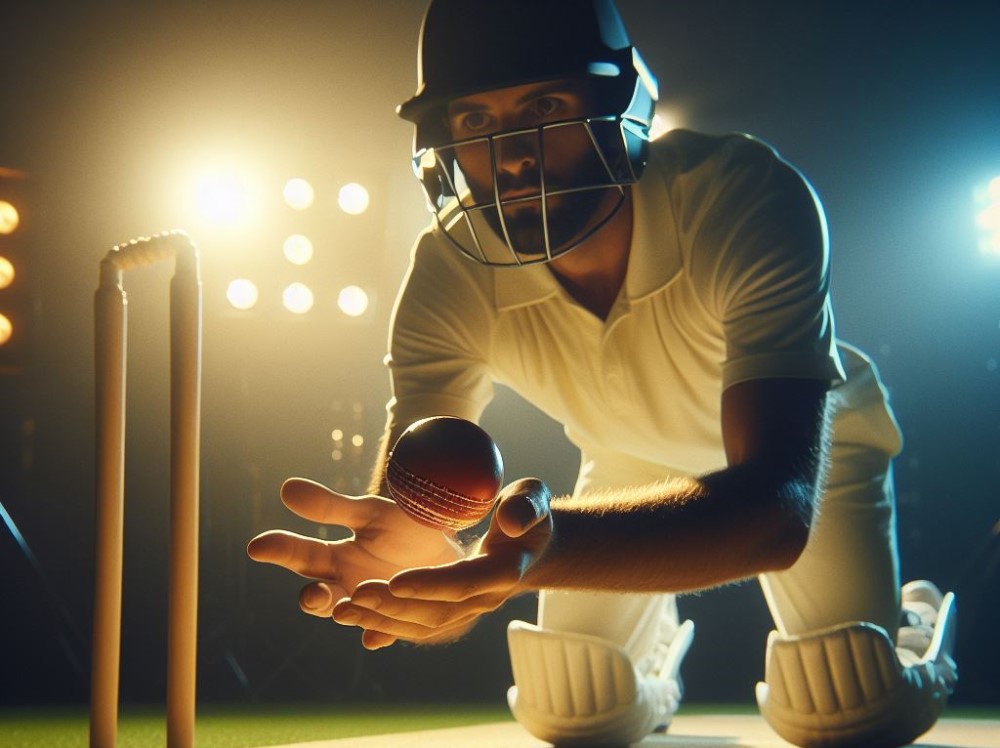
When choosing the right cricket ball for bowling, the skill level of the player plays a crucial role. Different cricket balls cater to different levels of expertise. Here are some considerations for selecting the appropriate ball based on your skill level:
- Beginner Level: Opt for a softer ball with a lower bounce, such as a tennis ball or a rubber ball.
- Intermediate Level: Use a practice ball or a lower-grade leather ball to develop your skills without compromising durability.
- Advanced Level: Use a higher-grade leather ball with a pronounced seam and a harder exterior for better control and swing.
Fact: The skill level of the player plays a crucial role in determining the appropriate cricket ball for optimal performance.
Bowler’s Style and Technique
When choosing the right cricket ball for bowling, it is imperative to consider the bowler’s style and technique. This is due to the fact that the ball’s specifications directly impact the bowler’s performance. For instance, fast bowlers may prefer a heavier ball to generate more pace and bounce, while spin bowlers may opt for a lighter ball to enhance their grip and spin.
Moreover, the type of seam position and stitching on the ball can also influence a bowler’s ability to generate swing or spin. By comprehending their own style and technique, bowlers can make an informed decision when selecting the appropriate cricket ball.
Weight
The weight of a cricket ball is an essential factor to consider when choosing the right ball for bowling. It can significantly impact the performance and control of a bowler. Different cricket formats have specific weight requirements for the ball.
For example, in Test matches, the ball must weigh between 155.9 to 163 grams, while in limited-overs cricket, it should weigh around 142 grams. The weight of the ball should be comfortable for the bowler to hold and deliver with appropriate speed and spin.
A heavier ball may generate more bounce, while a lighter ball may enhance control and swing. Selecting the right ball weight is crucial for bowlers to maximize their effectiveness on the field.
Seam Position and Stitching
The positioning and quality of the seam play a crucial role in determining the behavior of the cricket ball during gameplay. Here’s a breakdown of the seam position and stitching considerations:
- Seam Position:
- A taller and more pronounced seam promotes swing, making it essential for bowlers aiming to generate movement in the air.
- A seam positioned towards the rough side of the ball facilitates lateral movement, enabling bowlers to achieve swing and seam variations.
- Stitching:
- High-quality stitching is paramount for the durability and longevity of the ball, ensuring it withstands the rigors of play.
- Neat and tight stitching maintains the shape of the seam, optimizing grip for spin bowlers seeking turn and movement.
- Quality stitching minimizes seam separation, preserving the ball’s hardness and preventing undesirable changes in its behavior over time.
By understanding and optimizing the seam position and stitching quality, teams can effectively tailor their bowling strategies to exploit the conditions of the pitch and gain an advantage over their opponents.
Hardness
The hardness of a cricket ball is a vital aspect to consider when selecting the appropriate ball for bowling. The hardness significantly impacts the ball’s bounce, grip, and durability. Cricket balls are composed of a core that is encased in layers of string and covered with leather.
The hardness is determined by the stitching quality and the core’s density. A harder ball has a tendency to bounce higher and provides less grip for spin bowling. Renowned brands like Dukes and Kookaburra are recognized for manufacturing high-quality cricket balls with an ideal hardness for professional matches.
When maintaining the ball, it is crucial to ensure it remains clean and dry in order to preserve its hardness and performance.
Swing and Spin Characteristics
Understanding the swing and spin characteristics of different cricket balls is essential for bowlers to strategize effectively during matches. Here’s a comparison of swing and spin characteristics based on ball type:
- Red Ball:
- The red ball is renowned for its ability to swing more, attributed to its lacquer and pronounced seam. This swing movement adds complexity to the game, posing challenges for batsmen.
- White Ball:
- In contrast, the white ball tends to grip the pitch less, making it challenging for bowlers to generate significant spin. This characteristic emphasizes the importance of other bowling strategies in limited-overs formats.
- Pink Ball:
- Under floodlights, the pink ball exhibits enhanced swing, offering an additional advantage for bowlers in day-night matches.
Both red and pink balls provide more assistance for spinners due to their harder covers, allowing bowlers to extract turn and movement from the pitch. This characteristic enhances the variety of bowling options available to teams, enabling them to adapt their strategies based on pitch conditions and match circumstances.
By understanding the unique swing and spin characteristics of each ball type, bowlers can optimize their performances and contribute effectively to their team’s success on the field.
Testing and Evaluating Cricket Balls
When it comes to selecting the perfect cricket ball for bowling, testing and evaluation play pivotal roles. In this section, we’ll dive into the various aspects of putting cricket balls through their paces.
From visual inspection to assessing bounce and rebound, as well as analyzing grip and durability, we’ll leave no stone unturned when it comes to evaluating the qualities that truly make a cricket ball stand out on the pitch. So, get ready to uncover the secrets behind choosing the ultimate cricket ball for your bowling endeavors!
Visual Inspection
Visual Inspection is a crucial element in testing and evaluating cricket balls to guarantee their quality and performance. To conduct a thorough visual inspection, there are several key factors to take into account:
- Surface condition: It is essential to carefully analyze the surface of the ball for any signs of cracks, dents, or wear and tear that could affect its bounce and durability.
- Seam quality: It is equally important to examine the position and stitching of the seam to ensure they are intact and well-defined. A properly stitched and aligned seam significantly contributes to the ball’s ability to swing and grip the pitch.
- Color consistency: Another aspect to consider is the uniformity and consistency of the ball’s color. Any discolouration or fading could be indicative of poor quality or irregular manufacturing.
- Logo and branding: The presence of official logos and branding is a key indicator of the ball’s authenticity and origin. It is crucial to verify these aspects as counterfeit cricket balls may not meet the necessary standards.
Bounce and Rebound
When selecting a cricket ball, one must carefully consider its bounce and rebound characteristics. The bounce pertains to the height at which the ball springs off the pitch, while the rebound refers to the extent it bounces back off the bat.
These factors hold significant influence over the game, impacting the bowler’s strategies and the batsman’s technique. Distinctive types of cricket balls, including red, white, and pink variants, may possess diverse bounce and rebound properties.
Crucially, it is important to test and evaluate a ball’s bounce and rebound through visual inspection and on-field performance in order to choose the most suitable ball for a particular match or pitch condition.
Grip and Durability
When selecting a cricket ball, it is vital to take into account grip and durability as key factors. Here are some essential points to remember:
- Grip: It is recommended to choose a ball with a textured surface that provides excellent grip, especially for spin bowlers. Brands such as Kookaburra or Dukes are known for offering exceptional grip.
- Durability: It is advisable to opt for cricket balls made with high-quality materials that can endure wear and tear. SG or Gray-Nicolls are renowned brands renowned for their durable cricket balls.
- Seam strength: It is important to inspect the stitching and seam position of the ball. A sturdy seam ensures both longevity and optimal performance.
- Water resistance: To maintain performance in wet conditions, considering balls with water-resistant coatings is essential.
- Manufacturer reputation: It is recommended to choose reputable brands that are known for producing high-quality cricket balls.
By considering these factors, you can select a cricket ball that provides the perfect balance of grip and durability to meet your bowling needs.
Tips for Selecting and Maintaining the Right Cricket Balls
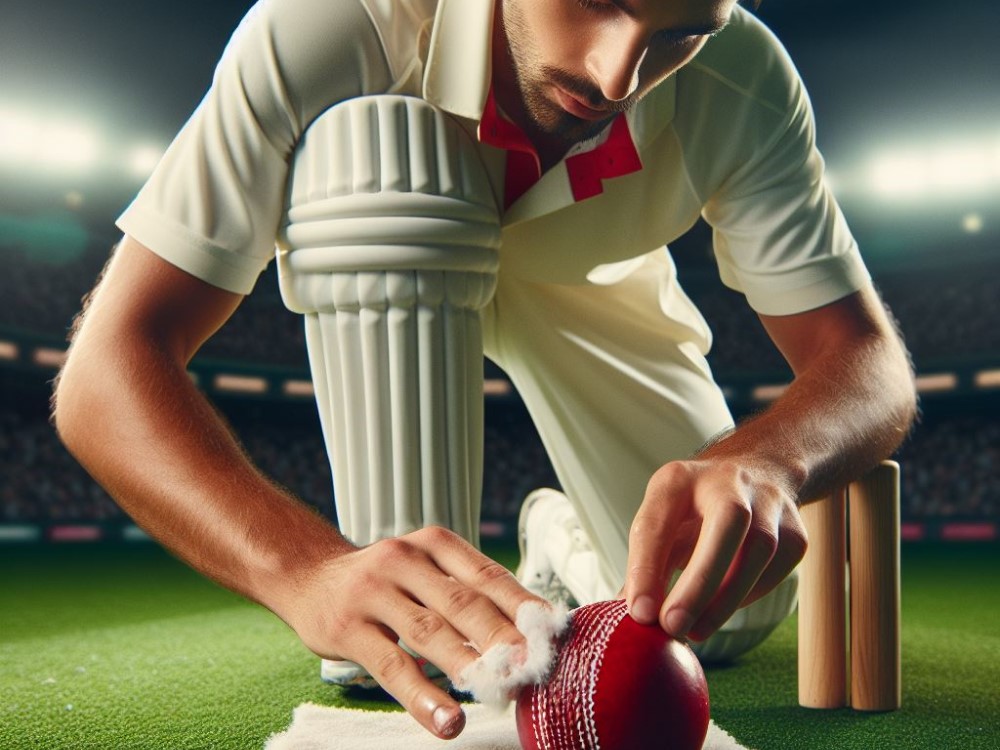
When it comes to choosing the perfect cricket ball for bowling, there are a few key tips and tricks that can make all the difference. In this section, we will uncover the secrets to selecting and maintaining the right cricket balls.
From finding the ideal ball weight to keeping its shape and performance intact, we’ve got you covered. Plus, we’ll even reveal some recommended brands and suppliers that can guarantee top-notch quality. Get ready to bowl like a pro with our expert advice!
Choosing the Right Ball Weight
Choosing the right ball weight is an essential aspect for cricket bowlers. When selecting the appropriate ball weight, several factors should be taken into account.
Factors to consider:
- Bowler’s physique: It is important for bowlers to align the ball weight with their strength, build, and ability to control the ball.
- Age and skill level: Younger or less experienced bowlers may benefit from using a lighter ball weight to avoid strain or injury.
- Performance goals: Bowlers who aim for more power and speed may consider opting for a slightly heavier ball weight to generate maximum force.
- Pitch conditions: The condition of the pitch, including its hardness or moisture, can also influence the choice of ball weight.
- Bowler’s preference: Ultimately, bowlers should choose a ball weight that feels comfortable and natural in their hand.
Maintaining the Ball’s Shape and Performance
To maintain the shape and performance of a cricket ball, follow these steps:
- Keep the ball dry: Moisture can affect the ball’s movement and performance, so make sure to keep it away from damp conditions.
- Store it properly: Properly store the ball in a cool and dry place to prevent any warping or loss of shape.
- Clean the ball: Regularly clean the ball using a damp cloth to eliminate dirt, grass, or any debris that might impact its grip and bounce.
- Protect the ball: Use a case or bag specifically designed for cricket balls to safeguard the ball from any damage or scratches.
- Avoid excessive usage: Rotate the usage of balls during practice sessions to prevent excessive wear and tear on a single ball.
- Inspect and replace: Routinely inspect the ball for any signs of damage or wear and replace it if necessary.
Recommended Brands and Suppliers
When it comes to selecting cricket balls, it’s important to choose from recommended brands and suppliers to ensure quality and performance. Here are some recommendations to consider when choosing cricket balls:
- Kookaburra: Known for their durable and high-quality balls, Kookaburra is a recommended brand for cricket enthusiasts.
- Dukes: Preferred by professional players, Dukes balls are designed to provide excellent swing and seam movement.
- Gunn & Moore: With a reputation for producing consistent and reliable balls, Gunn & Moore is a recommended brand among cricketers.
- SG: SG balls are widely used in India and are known for their good grip and durability on various pitches.




